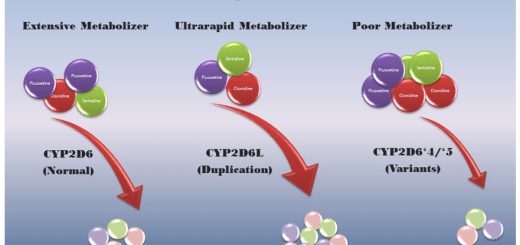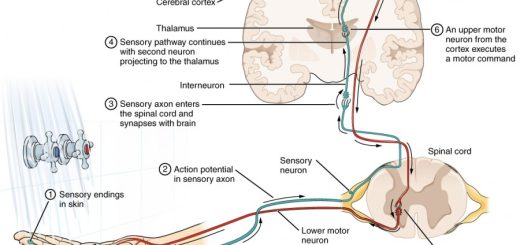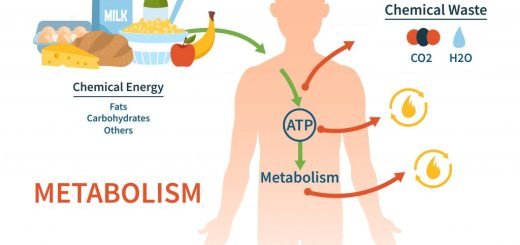Histology of the heart, Cardiomyocytes types, Ultrastructure and features of cardiac muscle fibers
The heart keeps the blood moving throughout the body. Blood carries nutrients and oxygen throughout the body, it collects waste products and returns them to the liver and kidney for further processing and excretion, The heart is composed of cardiac muscle, specialised conductive tissue, valves, blood vessels & connective tissue. It is comprised of specialized conductive tissue that can generate an action potential independent of the nervous system.
Histology of the heart
The wall of the heart is composed of three layers: these are:
- An inner layer: the endocardium.
- A middle muscular layer: the myocardium.
- An outer layer: the epicardium.
The lining endothelium and the subendothelial connective tissue which is continuous with that of the blood vessels entering and exiting from the heart. The subendocardium, a layer of connective tissue where branches of the impulse-conducting system are located.
The myocardium is the thickest coat forming the bulk of the heart wall. It is composed of cardiac muscle fibers bound together by connective tissue forming a compact mass. The epicardium is the visceral layer of the pericardium. The epicardium is composed of a simple squamous mesothelium, supported by loose connective tissue containing the coronary vessels, nerves, and adipose tissue.
Cardiac muscle
Cardiac because it is present in the wall of the heart. Striated because it shows transverse striations. Involuntary because its contraction is initiated by the spontaneous depolarization of special pacemaker cells.
Histological features of cardiac muscle fibers
Light microscopic structure
The myocardium of the heart consists of cardiac muscle fibers connected together by connective tissue.
- Connective tissue of the myocardium is formed of highly vascular fibro-elastic perimysium lying between the bundles of cardiac muscle fibers. A network of reticular fibers, the endomysium surrounds each muscle fiber.
- Cardiac muscle fibers are long cylindrical fibers that branch and anastomose extensively leaving slit-like spaces between them. Thus, in the same section, we can see different cuts in cardiac muscle fibers (longitudinal, transverse, and oblique). The fibers show fainter striations than those seen in skeletal muscle fibers. Each cardiac muscle fiber is composed of several short columnar cells, cardiomyocytes joined end to end by the intercalated discs that run transversely across the fiber. Each cardiomyocyte has a single, centrally-located oval nucleus.
Ultrastructure of cardiac muscle fibers
1. Myofibrils: The myofibrils branch and anastomose thus they are not perfectly in register with one another and hence cardiac muscle fibers appear faintly striated. The pattern of cross striations and the designation of the A, I, M, H-bands, and Z-lines are identical to that of skeletal muscle. The myofibrils diverge around the nucleus, leaving the sarcoplasm at the nuclear poles containing various organelles e.g. numerous mitochondria, and inclusions e.g. glycogen granules and lipofuscin pigments.
2. T tubules: They represent inward extensions of the extracellular space at the sarcolemma. They are large & numerous surrounding the myofibrils at the Z line. In addition to their role in excitation-contraction coupling, these tubules provide additional surface area for the exchange of metabolites between cardiac muscle fibers and the extracellular space.
3. Sarcoplasmic reticulum: it is less organized than the skeletal muscle with absent terminal cisternae. It consists of narrow anastomosing sarcotubules, in close apposition with the T tubules forming diads.
4. Intercalated discs: These are the specialized junctions of cell membranes of adjacent cardiomyocytes. They extend across the fiber at the level of the Z lines in a stepwise manner. Two regions can be distinguished in the intercalated discs:
- Transverse portion that runs across the fibers perpendicular to the myofilaments and lies at the level of the Z line. It is formed of fascia adherens (similar to zonula adherens) and many desmosomes (similar to those of epithelium but attached through desmin intermediate filaments) to provide strong adhesion between the adjacent cardiomyocytes.
- The longitudinal portion runs parallel to the myofilaments with many gap junctions to allow rapid spread of excitation between the adjacent cardiomyocytes.
Types of cardiomyocytes
There are three main types of cardiomyocytes:
- Contractile cardiomyocytes: these are the ordinary cardiomyocytes that form the majority of the myocardium of the atria and ventricles. Their main function is contraction.
- Endocrine cardiomyocytes: these are cardiomyocytes that have an endocrine function. They are found in the atria, particularly the right atrium. They differ from contractile cardiomyocytes in that: They have fewer myofibrils. They gave numerous electron-dense secretory granules containing the atrial natriuretic peptide which has a role in the control of blood pressure and electrolyte balance.
- Cardiomyocytes of the conduction system: these are modified cardiomyocytes that are specialized in the initiation and propagation of the waves of depolarization through the myocardium faster than the contractile cardiac muscle fibers.
Two main varieties are distinguished:
Nodel cells
Site: they are located in the sinoatrial node, the atrio-ventricular node, and the trunk of the bundle of His.
Purkinje fibers
Site: they are located in the myocardium of the ventricles.
Histological structure: They differ from contractile cardiomyocytes in:
- They are present in groups of two or more and they are often binucleated.
- They are larger than the ventricular muscle fibers with abundant sarcoplasm, containing fewer myofibrils which are located at the periphery of the cell.
- They are rich in glycogen; hence the Purkinje fibers are pale in H & E sections. Because of the large amounts of stored glycogen, Purkinje fibers are more resistant to hypoxia than contractile cardiac muscle fibers.
- They do not contain typical intercalated discs; however, they contain many gap junctions more than in contractile cardiomyocytes.
Growth and regeneration of cardiac muscle fibers
The cardiac muscle fibers have no capacity for mitosis (statice cell population). Heart muscle responds to increased functional demands by compensatory hypertrophy. There is no possibility of regeneration in cardiac fibers and injured cardiac fibers are replaced by fibrous scar tissue.
Mediastinum contents, Aorta parts, Brachiocephalic trunk, Pulmonary trunk & Thoracic duct trunk
Fetal blood and circulation, Changes of fetal circulation after birth (in the newborn)
Heart & Pericardium structure, Abnormalities & Development of the heart
Heart function, structure, Valves, Borders, Chambers & Surfaces
Properties of cardiac muscles, Cardiac automaticity & Conduction of electrical impulses













